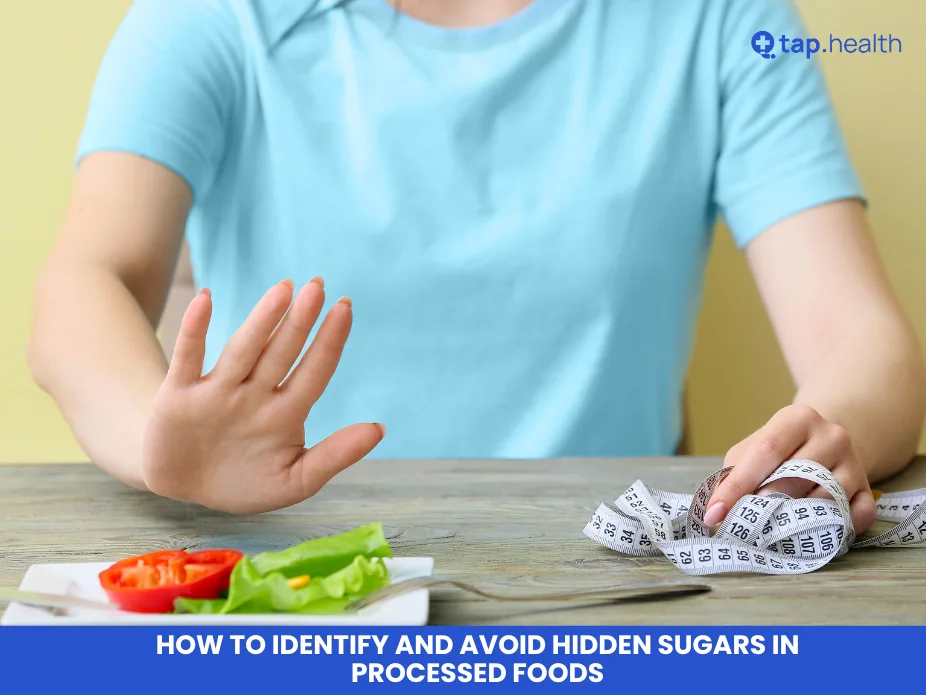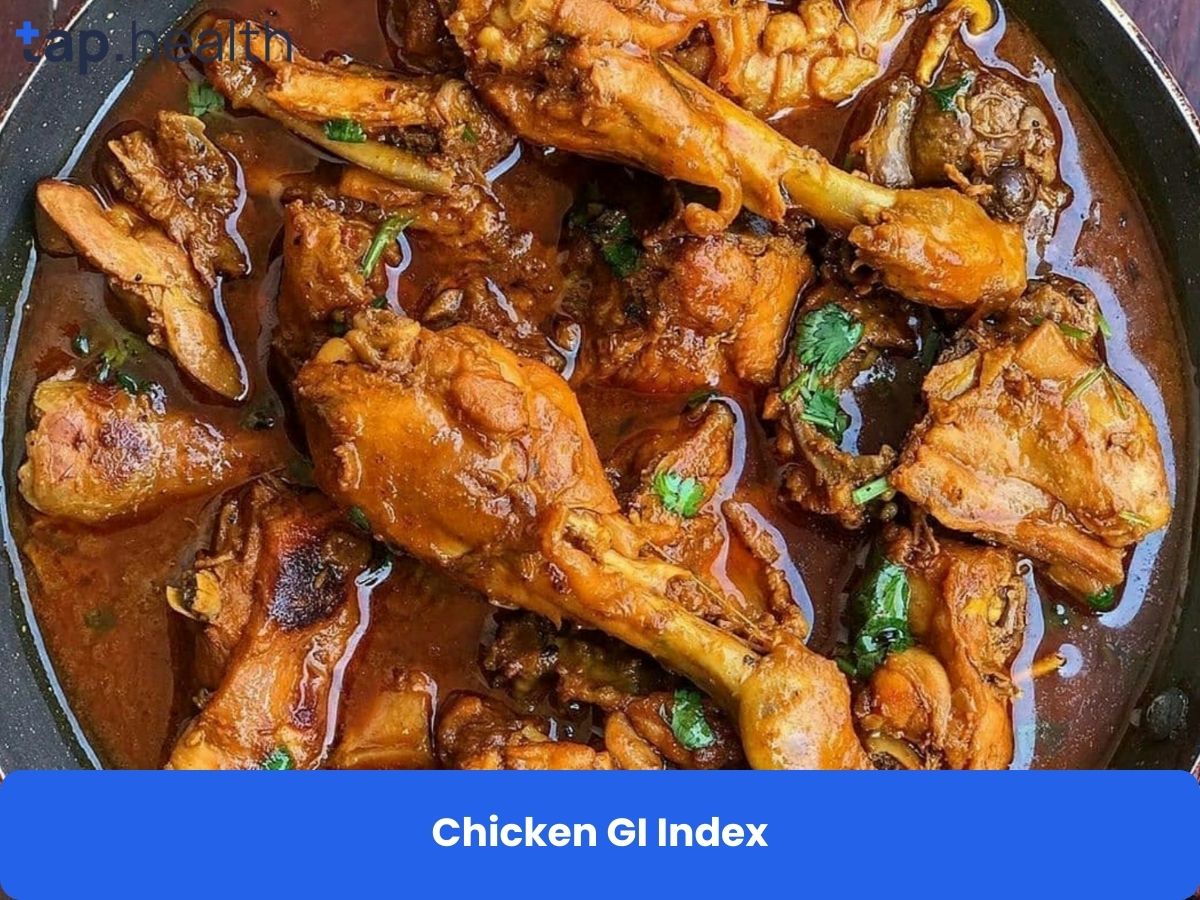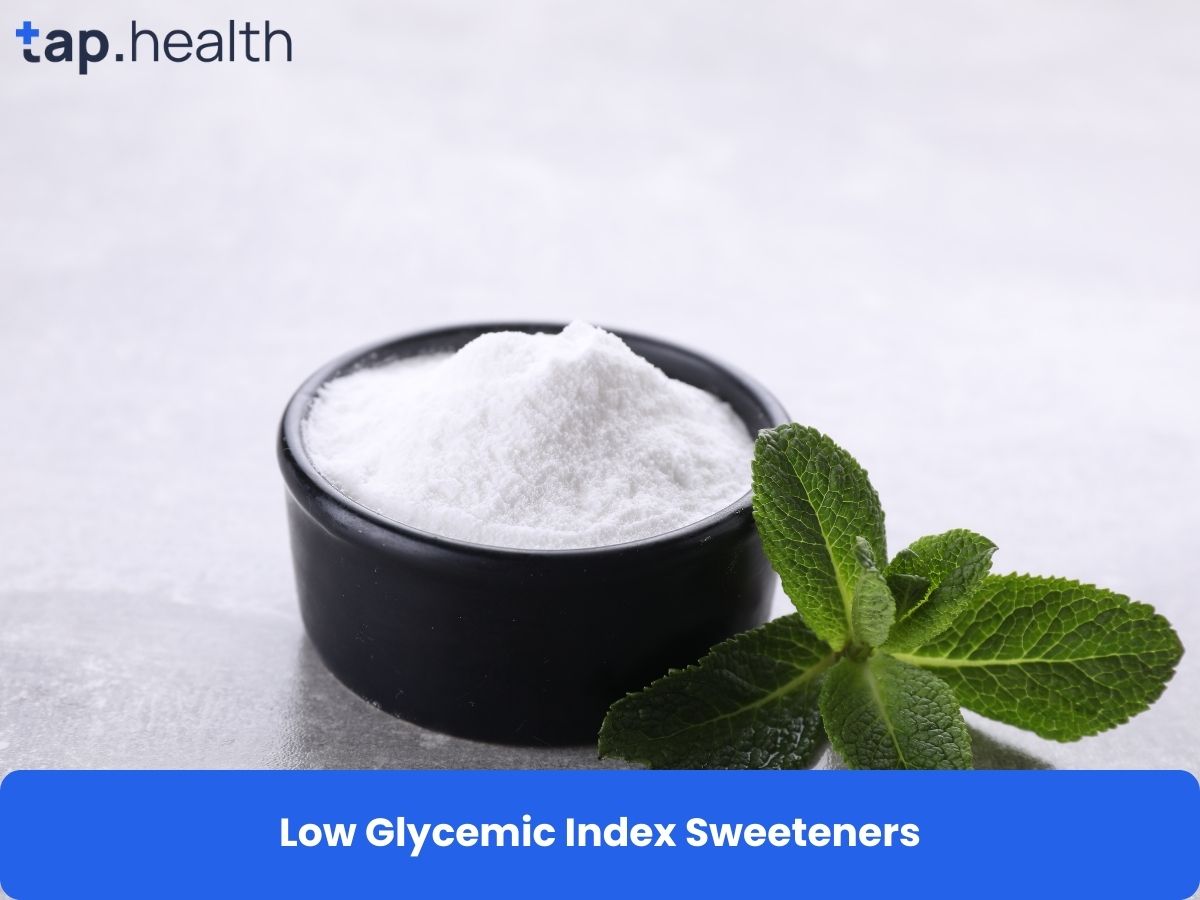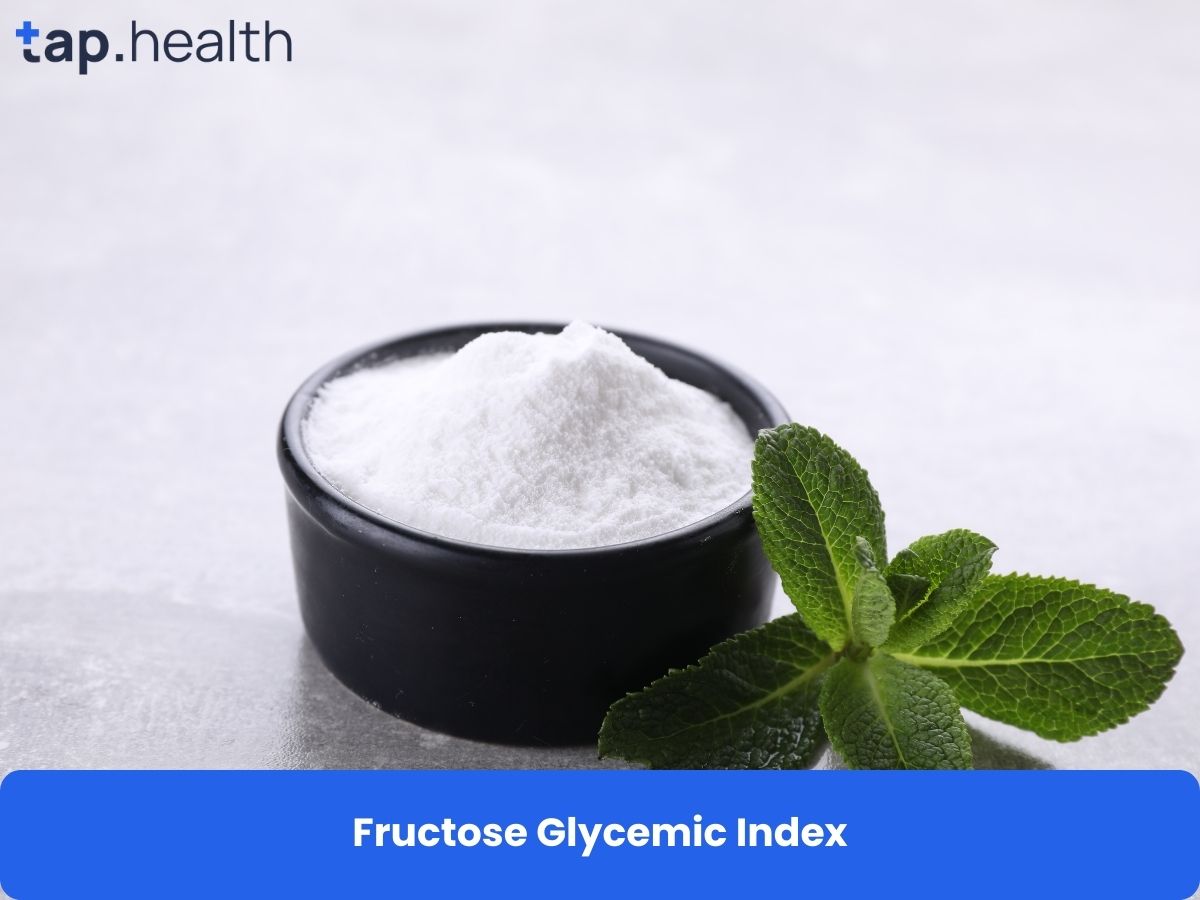In today’s fast-paced world, many of us rely on processed foods for convenience. However, there’s one ingredient that’s often sneaky and can wreak havoc on our health: sugar. Hidden sugars are found in almost every processed food, even those that seem healthy. These added sugars contribute to weight gain, insulin resistance, and various chronic diseases, including heart disease and diabetes.
In this post, we’ll dive into the types of hidden sugars you might find in processed foods, how to identify them, and most importantly, how to avoid them. Let’s learn how to make smarter food choices and protect our health.
Why Are Hidden Sugars Harmful?
Before we go into the specifics of how to spot hidden sugars, it’s essential to understand why they are a concern. Most of the sugar in our diet comes from processed foods, and often, it’s added in the form of refined sugars. While our bodies need sugar (in the form of glucose) for energy, consuming too much added sugar can lead to a variety of health problems.
Health issues linked to excessive sugar intake include:
- Weight gain: Sugary foods are often calorie-dense but not filling, leading to overeating.
- Increased risk of heart disease: High sugar intake has been linked to increased inflammation and risk factors for cardiovascular disease.
- Insulin resistance and diabetes: Overconsumption of sugar can lead to insulin resistance, a precursor to type 2 diabetes.
- Tooth decay: Sugary foods fuel bacteria that lead to tooth cavities.
- Liver fat buildup: Excessive sugar, especially fructose, can lead to fat accumulation in the liver, causing non-alcoholic fatty liver disease.
Now that we understand the risks of hidden sugars, let’s look at how to spot them in processed foods.
How to Identify Hidden Sugars in Processed Foods
Identifying hidden sugars in processed foods can be tricky because sugar is often disguised under different names. Understanding the various forms of sugar and how they’re labeled can help you make more informed choices when grocery shopping.
1. Read the Ingredient List
The first place to look for hidden sugars is on the ingredient list. The U.S. Food and Drug Administration (FDA) requires food manufacturers to list ingredients by quantity, with the highest amounts at the top. Any form of sugar that appears toward the top of the list is an indicator that the product contains a significant amount of sugar.
Common names for added sugars include:
- Cane sugar, cane syrup, and cane juice
- High fructose corn syrup (HFCS)
- Agave nectar
- Brown sugar
- Maple syrup and maple sugar
- Molasses
- Fruit juice concentrate
- Honey
- Corn syrup
- Coconut sugar
- Glucose, sucrose, dextrose, fructose
- Rice syrup
- Malt syrup
If any of these appear on the ingredient list, it’s likely the product contains added sugars.
2. Check the Nutrition Facts Label
In addition to the ingredient list, the nutrition facts label on packaged foods also provides important information about sugar content. In the U.S., food manufacturers are required to list the total sugar content in grams per serving.
What you may not know is that the sugar content listed includes both natural sugars (like those found in fruit or dairy) and added sugars. The “Added Sugars” section tells you how much sugar has been added to the product during manufacturing. For a healthier choice, aim to minimize products with high added sugar content.
How to read the sugar content:
- A product with 0-5 grams of sugar per serving is a healthier choice.
- A product with 6-10 grams is moderate, so you should consume it in moderation.
- Products with 10+ grams of added sugars should be avoided or consumed sparingly.
3. Know the Different Forms of Sugar
Understanding that sugar comes in many forms is crucial for identifying hidden sugars. Here are some of the most common forms of sugar added to processed foods:
- Sucrose: This is common table sugar and is often added to processed foods like sauces, candies, and snacks.
- Fructose: Found naturally in fruit but also added to many processed foods in the form of high fructose corn syrup.
- Glucose: A simple sugar that is often added to processed foods, such as baked goods, sodas, and breakfast cereals.
- Maltose: Often used in beer and some processed foods, it is less sweet than sucrose but still contributes to overall sugar intake.
Even foods labeled as “sugar-free” may contain alternative sweeteners that can affect your blood sugar levels and overall health. Be cautious about artificial sweeteners like aspartame, sucralose, and stevia, which might still cause cravings or trigger an insulin response.
Real-life Scenarios
Scenario 1: Grocery Shopping for Breakfast
Sarah wants to switch to a healthier breakfast routine but is often tempted by “healthy” options like flavored oatmeal packets. When she checks the ingredient list, she’s surprised to find that many packets contain sucrose, high fructose corn syrup, and even fruit juice concentrate. Even though the product is marketed as healthy, it’s loaded with hidden sugars. Sarah decides to opt for plain oats, adding her own fresh fruit for sweetness instead.
Scenario 2: The Hidden Sugars in Your Smoothie
John loves making smoothies in the morning. He’s always been under the impression that smoothies are healthy, especially when he includes fruits and vegetables. However, when he checks the label on his favorite pre-packaged smoothie blend, he discovers it contains cane syrup and agave nectar. After learning that hidden sugars can add up quickly, John starts making his own smoothies at home, using only whole fruits, unsweetened almond milk, and a scoop of protein powder for added nutrition.
Expert Contributions
Dr. Amy Stevens, a registered dietitian and nutrition expert, explains:
“Hidden sugars are one of the biggest culprits behind excessive calorie intake in modern diets. Many people aren’t aware of how much sugar is added to processed foods. The best way to reduce hidden sugar consumption is to focus on whole, unprocessed foods like vegetables, fruits, nuts, and whole grains. When buying packaged foods, always read the labels and avoid products with sugar listed near the top of the ingredient list.”
Recommendations Grounded in Proven Research and Facts
Here are some research-backed tips for avoiding hidden sugars in processed foods:
- Stick to whole foods: The best way to avoid hidden sugars is to eat fresh, whole foods. Focus on fruits, vegetables, lean proteins, and whole grains.
- Cook at home: Preparing meals from scratch allows you to control exactly what goes into your food. Avoid processed sauces, dressings, and snacks that are often loaded with hidden sugars.
- Be mindful of “sugar-free” products: Sugar-free doesn’t always mean healthy. Many sugar-free products contain artificial sweeteners that may affect your health negatively.
- Educate yourself about food labels: Spend a little extra time reading nutrition labels. Look for products that have low added sugars or those that list natural sweeteners like honey in small amounts.
- Choose unsweetened options: Look for unsweetened versions of foods like yogurt, almond milk, and cereals to reduce sugar intake.
FAQ on How to Identify and Avoid Hidden Sugars in Processed Foods
Q: How do I know if a food contains added sugar?
A: Check the ingredient list for terms like cane sugar, high fructose corn syrup, or agave nectar. You can also look at the “Added Sugars” section on the nutrition facts label.
Q: Is sugar from fruit considered “added sugar”?
A: No, sugar from whole fruits is not considered added sugar. It’s natural sugar and comes with fiber and other beneficial nutrients.
Q: What are some common foods that contain hidden sugars?
A: Hidden sugars are often found in breakfast cereals, condiments (ketchup, salad dressings), packaged snacks, granola bars, flavored yogurts, and even bread.
Q: Can I reduce my sugar intake without cutting out all sweet foods?
A: Yes! You can replace sugary snacks with healthier alternatives like fruit, nuts, and dark chocolate. It’s about making small, sustainable changes.



